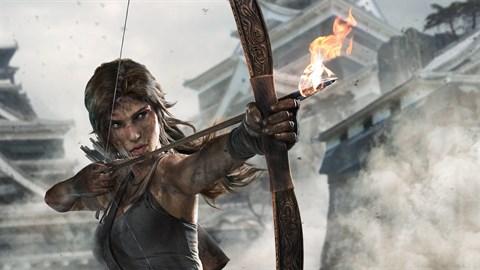For this week’s critical play, I replayed Tomb Raider: Definitive Edition. I played this game when it first came out in 2014 as a middle schooler. It was the first time I had played a game with a female protagonist. I had played games like Super Smash Bros as Peach and Samus (female characters) but would not consider those games as having “strong female protagonists,” mainly due to the fact that those characters don’t have a centric story in the context of the larger game. Returning to Tomb Raider this week, especially with a feminist lens, opened my eyes to a lot of new topics, themes, and greater conversations around gaming and feminism. I definitely knew gaming was male dominated, but I certainly was not as aware as how intense and disrupting some current gaming trends are and how they put off a lot of players. Chess compares games to any other type of text, which I thought was an interesting comparison. She says that “like any other text, [games] have the narrative possibilities to affect, alienate, or subsume its audience into a story”. From the start of my time with Tomb Raider, the game displays the narrative of how Lara is resilient, strong, and determined. The intro and first two hours are some of the most intense and grueling scenes I’ve ever seen in a video game. Lara survives a massive shipwreck, is kidnapped by marauders, (brutally) impaled by spikes, crushed by boulders, and shot at. Through it all, she manages to use her quick-thinking, smarts, and survival skills to push forward and save her friends. Chess says that a good female narrative is one that is “conversational, personal, and relays narratives that surpass the expectations we tend to have of those ushered in to and for patriarchal audiences”. Tomb Raider does a great job of doing this from the jump. While the original Tomb Raider was one of the first games with a strong, resilient female lead, the newer installments serve as great examples to new gamers that might oppose the feminist gaming movement. Tomb Raider can show gamers on all sides of the gaming spectrum that feminism in games can take many forms, and can still be action-packed and exciting.
Tomb Raider utilizes a strong feminist perspective. And this can be seen when we compare it to an industry classic: Far Cry. While there are now too many games to count in the Far Cry series, they all have the same general premise which parallels Tomb Raider’s. You’re stranded on an island and must save yourself and your friends and then escape. How these two games differ though is fascinating. One of the main premises of the Far Cry games (which have always had male leads) focus on how much violence you can inflict on your enemies. And this helps when you’re playing as a massive, seemingly invincible male character who has access to a plethora of ridiculous guns and weapons such as flamethrowers, bazookas, and even a “gun” that shoots buzz saws. Conversely, throughout Tomb Raider, you have your knife, bow, and small pistol. That’s it. Your enemies, however, do have access to machine guns, grenades, and flamethrowers. Tomb Raider focuses on how much Lara can endure , rather than how much damage she can inflict. This creates a fascinating feminist narrative centered around how far she must go and how much chaos she can endure to make it off the island.
Discussion Question:
How does the character you play as in Tomb Raider vs Far Cry affect the impact of the story for you? (if you’ve played both games, of course)




